Beyond the walls: Inside Fort George
- Published

Fort George, an imposing 18th century artillery fortification near Inverness, is expected to stop functioning as a working barracks by 2032, BBC Scotland understands. What currently goes on behind its imposing walls?
It is summer-time, and on a parade ground inside Fort George a soldier from the Crimean War is standing next to an ice cream van, tucking into a Cornetto.
Elsewhere, Roman legionnaires, chainmail-clad knights, Jacobite fighters and government Redcoats mingle with young families and overseas tourists who have poured over a draw bridge into the fortification.
In an arena, the crowd is entertained by demonstrations of Viking raids and infantry drills from hundreds of years ago.
The re-enactors and the visitors are there for Celebration of the Centuries, an event held as part of the fort's role as a historic visitor attraction managed by Historic Environment Scotland.
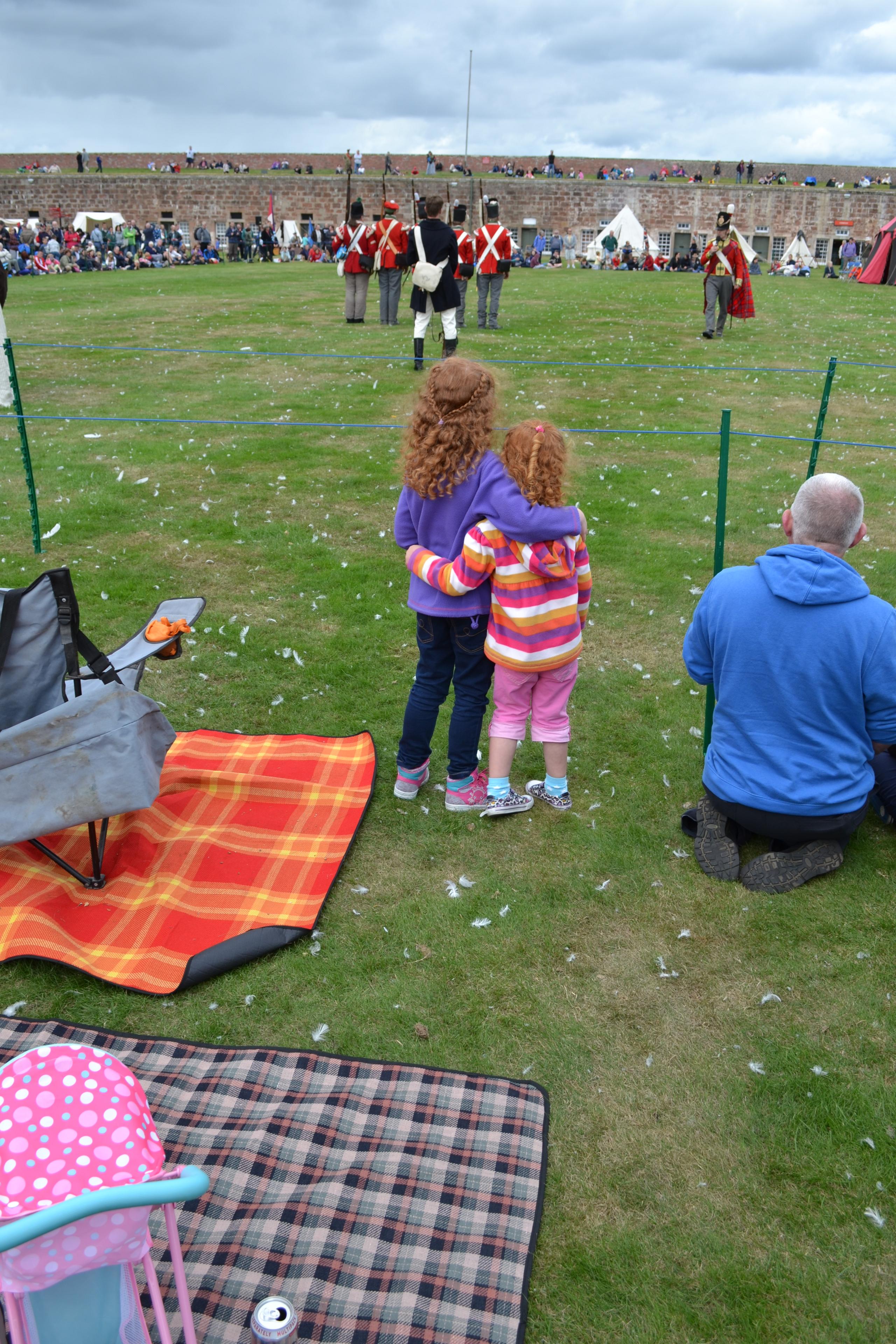
Visitors watch a military re-enactment inside Fort George
But the eagle-eyed among the visitors to the celebration of Scotland's military past will have spotted the red hackle on the headwear of serving members of the Black Watch (3 SCOTS), the battalion that also uses Fort George as a base.
The fort has had an active military role going back almost 250 years.
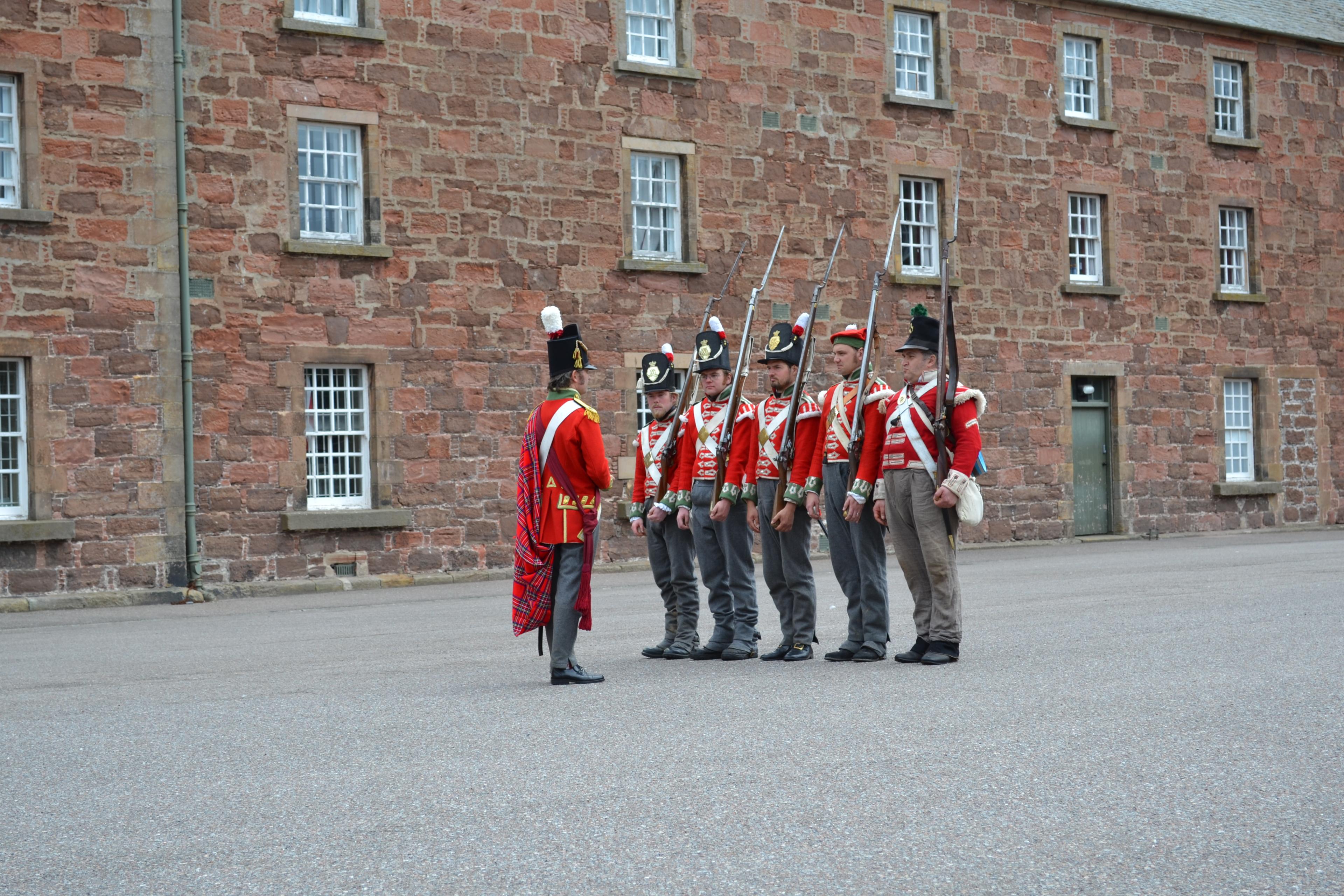
Re-enactors in uniforms worn by Scottish soldiers in the Crimean War at Fort George
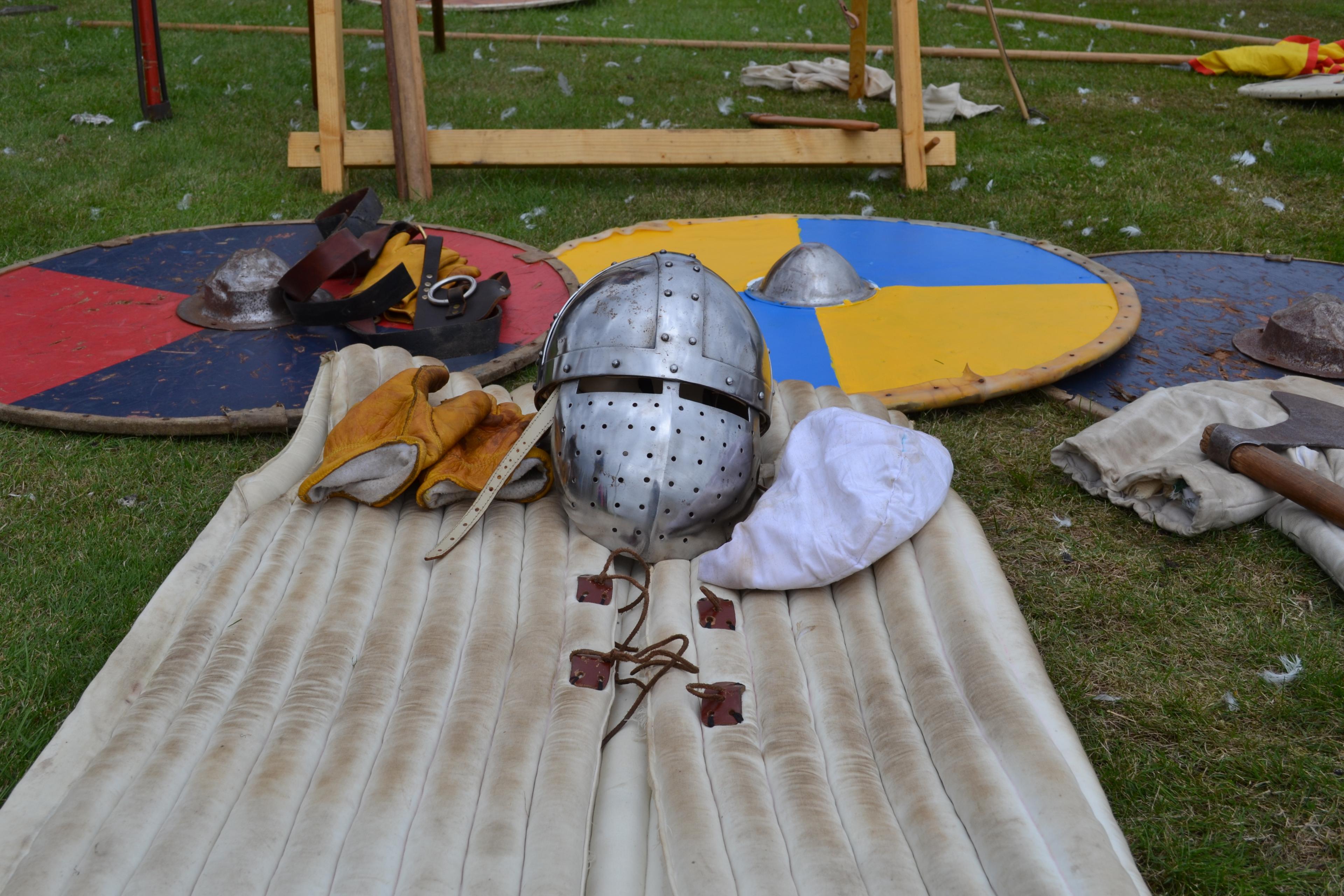
Medieval hardware on show at Celebration of the Centuries
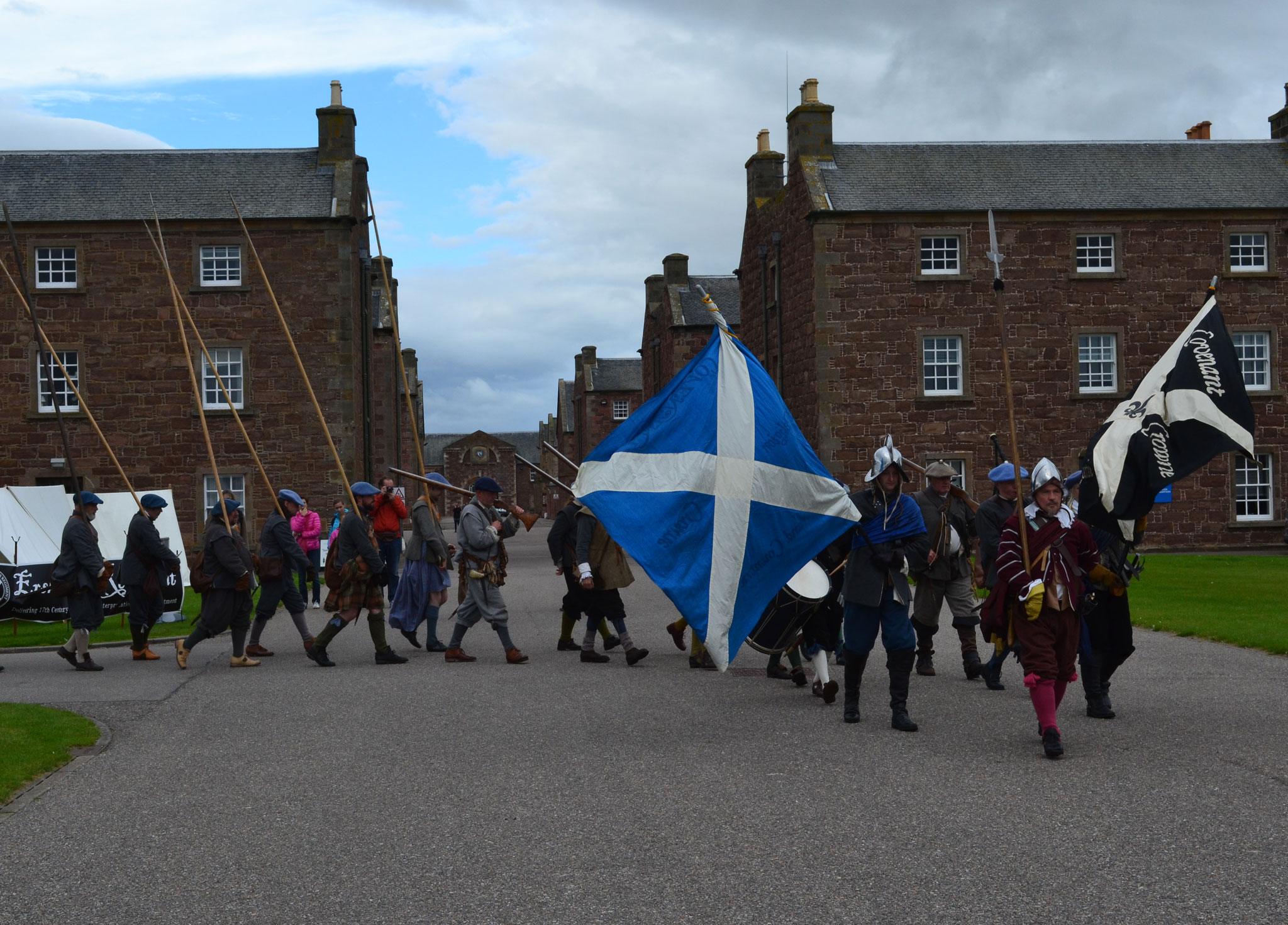
A parade of re-enactors at the fort
Fort George was built on the southern shores of the Inner Moray Firth at Ardersier, near Inverness, on the orders of King George II following the Battle of Culloden in 1746.
It was a symbol of the Crown and was given the resources to crack down on fresh Jacobite rebellions, or risings.
The fort had capacity for a garrison of 1,600 infantrymen with access to numerous cannon, muskets, pikes and swords.
The magazine could hold 2,500 gunpowder barrels and there were also provision stores and a brew house.
Sheep riots

But the huge building project - costing £1bn to complete in today's money - brought financial benefits to some of those living in the very communities it was built to suppress.
Tradesmen, merchants and shopkeepers supplied the fort during its construction and then the troops following its completion in 1769.
While not used in anger against a Jacobite rising, Fort George did play a part in dealing with unrest during the Highland Clearances.
In the summer of 1792, the Ross-shire Sheep Riots flared up as families evicted from lands in Ross-shire and Sutherland to make way for large-scale sheep production took action against the new farmers, shepherds and their landlords.
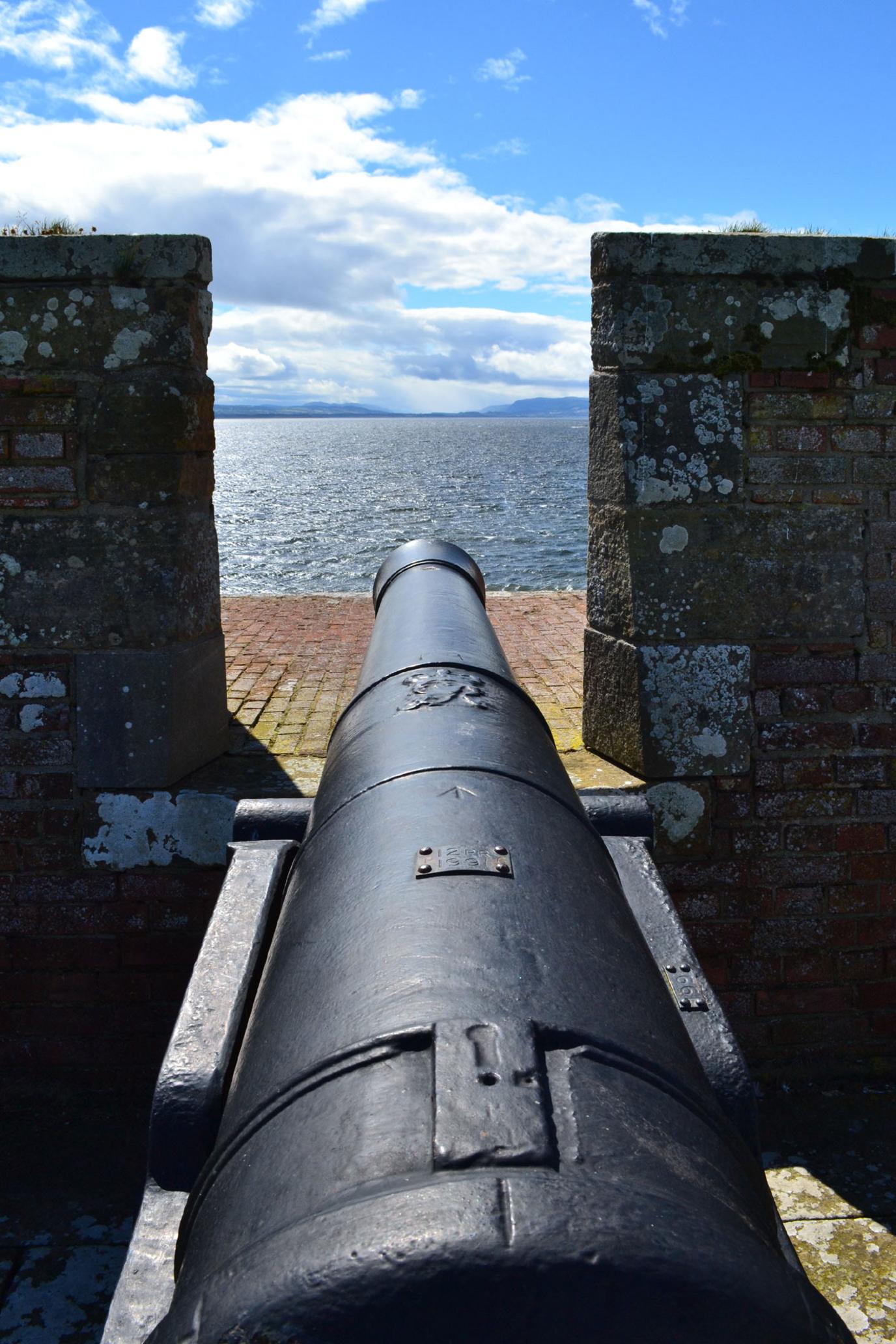
Fort George was built as an artillery fortification
By early August, a band of protesters had rounded up 6,000 sheep and driven them south to Beauly, near Inverness.
Soldiers of the 42nd Regiment, better known as the Black Watch, were sent from Fort George to arrest the sheep drivers.
Two of those arrested were later banished from Scotland for the rest of their lives.
Fort George would go on to provide a base for armed forces personnel training for D-Day during World War Two.

The fort's role in World War Two recalled by re-enactors

The site has accommodated soldiers for almost 250 years
The fortification was used as a base for tank troops and their armoured vehicles.
The tanks would run on the roads from Fort George to Burghead in Moray for training on beaches there.
Saddam Hussein
Soldiers who served in those units told of the lumbering tanks accidentally ripping out farmers' roadside fence posts during the runs to from the exercises. The troops always reinstated the posts after their training.
Today, the fort provides a base for battalions of the British Army.
As well as the Black Watch, these have included the 1st Battalion the Royal Irish Regiment.
While the Royal Irish were at Fort George a large painting of the former Iraqi dictator Saddam Hussein, a souvenir from the battalion's tour of duty of Iraq, dominated a wall on the stairs to the sergeants' mess.
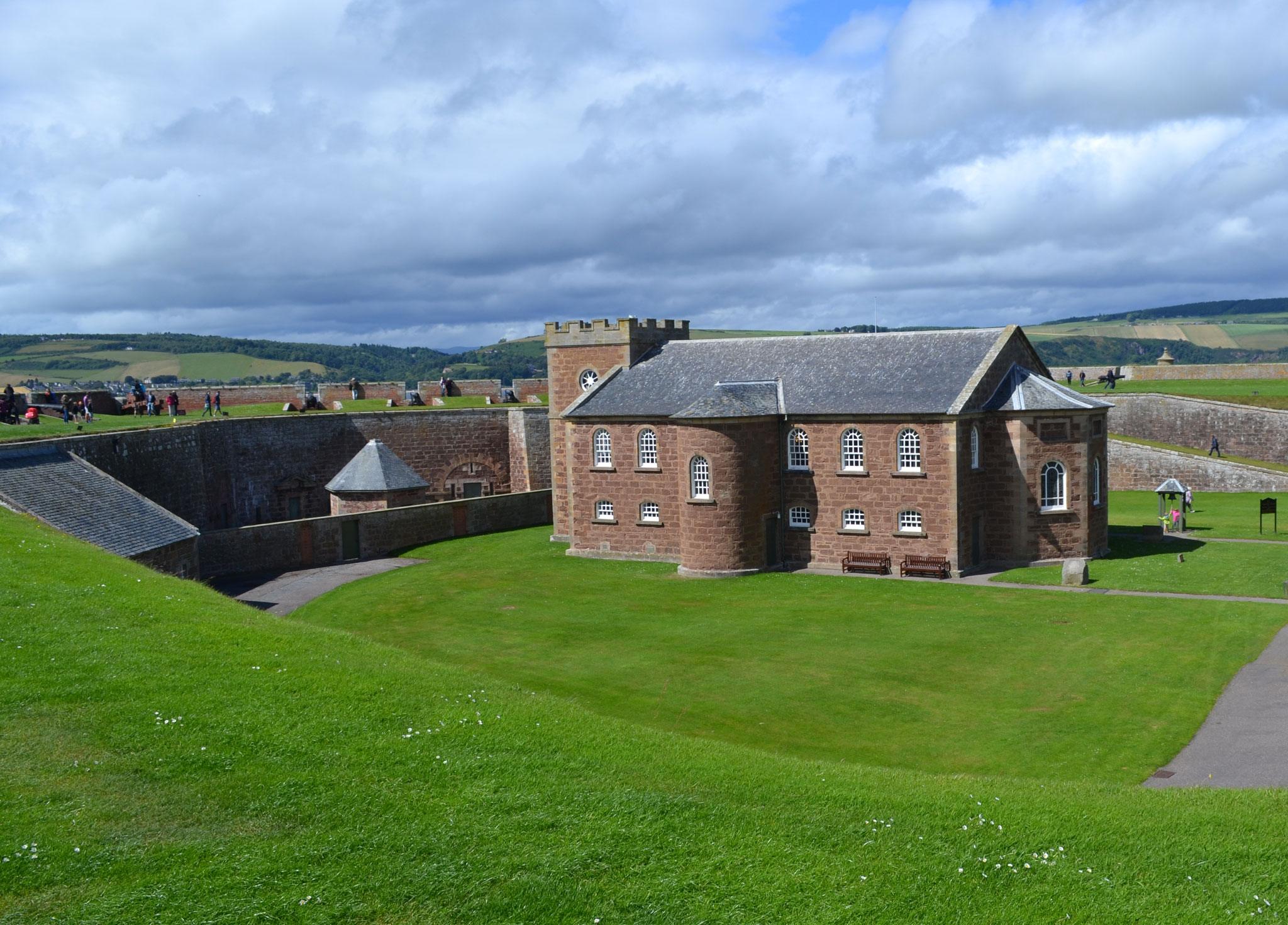
The fort also hosts the Highland Military Tattoo and houses the museum collections of the Seaforth Highlanders, The Queen's Own Cameron Highlanders and the Queen's Own Highlanders (Seaforth and Camerons).
In 2011, actor Hugh Grant launched a public appeal to help raise £3m to redevelop the museum.
Grant's grandfather, Col James Murray Grant, from Inverness, was a Seaforth Highlander and depot commander at the fort during World War Two.
The actor's father, Capt James Murray Grant, also served with a Highlands regiment.
With the planned withdrawal of the Army within the next 16 years, Fort George as a whole looks destined to become a museum piece.